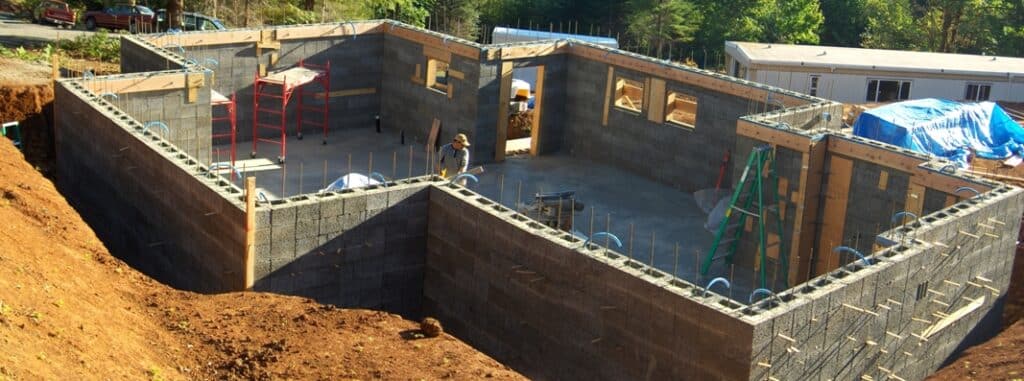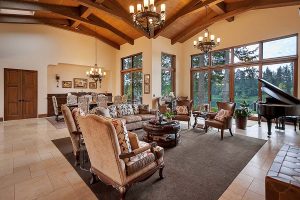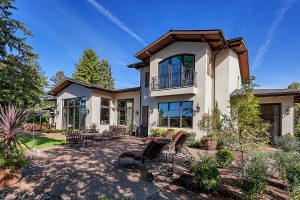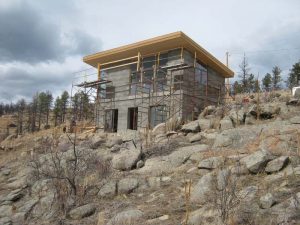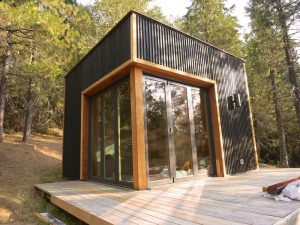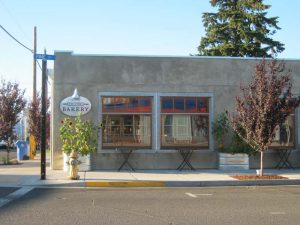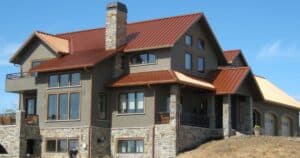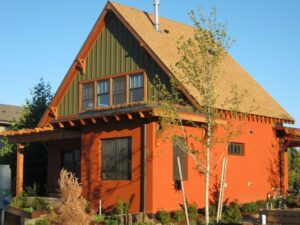Bit by the DIY Bug
In the early 1990s, Beatrice Dohrn was studying for the bar exam in New York City when she bought 5 acres of land upstate, parked a 1956 trailer on it and built a cabin from a kit. That’s when the do-it-yourself bug bit her, reports Tracy Miller in the Register Guard.
But how would she build a home herself? According to the article:
“When a green-building listserv connected Dohrn to a new local company making a sustainable interlocking building block system, Dohrn had two problems solved at once: how to build her house with sustainability in mind and how a 53-year-old woman weighing 136 pounds was going to accomplish it.
Needed a Material that was sustainable, but that she could build with
“I locked into it pretty quickly,” Dohrn says.
Easy, eco-friendly building blocks
What Dohrn found was ShelterWorks, a Philomath-based company licensed to produce a product called Faswall block. The “new” material was actually based on a post-WWII technique for molding waste wood into hollow bricks that weigh less than 30 pounds each.
At ShelterWorks, Tom Van Denend and his crew use clean, shredded and recycled wood fiber, mostly from discarded wooden pallets, that is mineral coated to neutralize the sugars that cause decay and then mixed with a small amount of cement to bind it. Wool mineral insulation is fitted to one side of the cavity inside the 1-foot-deep, 2-foot-long blocks.
For Dohrn, the blocks proved perfect. She had investigated aerated autoclaved blocks made of all-natural materials, but they were unwieldy, at 60 pounds per block. And Dohrn was unimpressed by foam-insulated blocks that were softer than the Faswall blocks and did not breathe. The natural insulation of Faswall is on only one side, versus both sides of foam blocks.
Dohrn says the Faswall blocks breathe and draw some energy from the outside, lightening her heating load and giving the air in the house a pleasant, natural feel. The finished walls breathe in other ways, as Dohrn applied a nontoxic, mold-resistant natural lime plaster on the mudded walls that helps regulate indoor humidity.
“The more I studied Faswall, the more I found that they were the thing that was going to help me build the house I wanted,” Dohrn says….
Read the complete article here.

